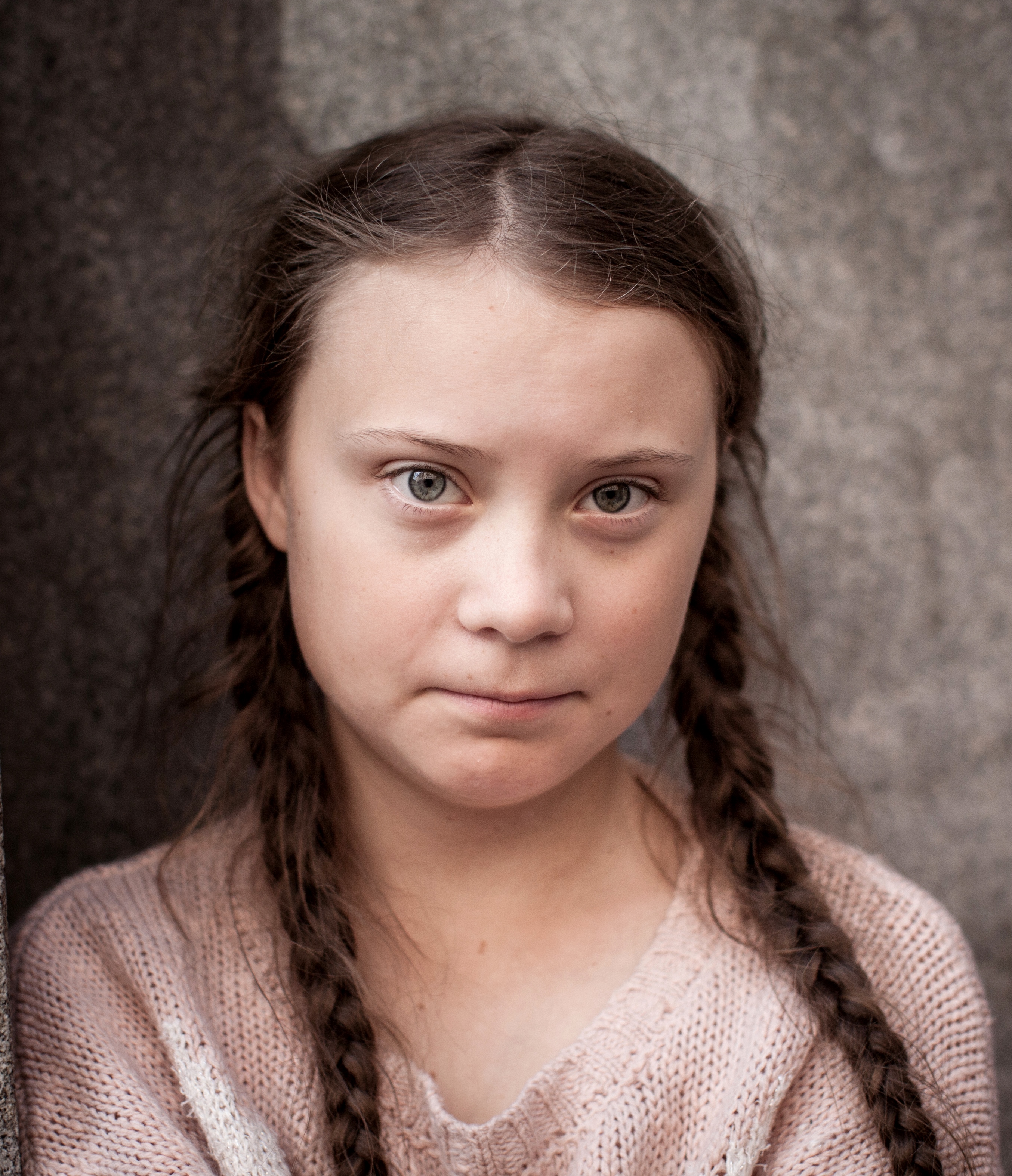

To celebrate Earth Day 2020, and because sustainability is close to our hearts, we thought we would share our research on sustainable products from our fabric suppliers, carried out by our Materials Manager, Lindsay Watson-Jones.
Please feel free to add your comments below.
Eco Fabrics and Sustainability in the Upholstery Industry
It’s plain to see that we are in a growing world and industry where sustainability, recycling and repurposing is at the forefront of projects and is becoming more and more an important credential or specification. With this being the case, the information gathered below will enable us to assist those customers who are required to include such accredited fabrics to their portfolio.
Before we start, here’s an interesting note:
Ref: Tree Hugger.com
“High-tech” isn’t what you’d normally think of when it comes to fabric, but in recent years, that’s exactly what it has become. Innovation has brought about revolutionary new materials and processes, and one rapidly changing industry. Several different criteria go into making what can be called an eco textile, but seven basic questions you should ask are:
- Is it recyclable?
- Is it made of recyclable materials?
- Is it easily biodegradable?
- Is it produced using green manufacturing processes without harmful chemical byproducts?
- Does it follow McDonough Braungart Design Chemistry (MBDC)’s Cradle to Cradle principals?
- Does the finished product off-gas harmful chemicals having a negative effect on indoor air quality?
- Does the manufacturer have a company-wide sustainability policy?
Offerings from our regulars:
Panaz
ecoTWILL™ by Panaz, the industry first, contract quality, 100% recycled polyester basecloth for print. Made in England, this truly sustainable, low carbon footprint basecloth for upholstery allows architects and designers to specify a fire-retardant standard fabric, which is a durable and eco-friendly product for hospitality and workspace contract environments. Woven with yarns manufactured from recycled plastic, each metre of ecoTWILL™ repurposes dozens of 500ml plastic bottles into a desirable, long-lasting fabric (100,000+ martindale) which itself is recyclable at end-of-life.
Kvadrat
Danish firm Kvadrat – Six of the firm’s textiles are particularly green.
((lnteresting when you have a moment: https://kvadrat.dk/about/our-environment))
Hallingdal, 70 percent new wool and 30 percent viscose. Molly is stamped with the EU Flower designation, meaning manufacturing, chemical composition, and quality is checked by independent bodies in order to comply to strict ecological and performance criteria.
More interested in biodegradable? Flora, Kosmos, and Helix, are labelled “Good Green Buy” by the Bra Miljöval (or Falken), a Swedish eco label backed by the Swedish Society for Nature. This means contents can easily breakdown at the end of the product’s lifecycle.
Kvadrat continued: Across 465964 seating upholstery from textile manufacturer Maharam is made of 100 percent post-consumer recycled polyester. The firm has several textiles containing some or all recycled content, as well as a few designed to be easily biodegradable.
Chieftain
Chieftain Carousel, their 2nd fabric to launch into the woven market. Its composition is made up of 59% Recycled Cotton and 41% Polyester. It is suitable for all contact application with Crib 5 certification & 200,000 Martindale Rubs. Carousel is also has Aquaclean™ Technology, a cleaning facilitator meaning that most stains can be removed using water only. Aquaclean™ has also been treated with Safefront® Protective Shield and will not support the growth of bacteria.
All but 2 of Chieftain’s vinyl ranges carry the logo ‘Reduced Environmental Impact’ which means it can be recycled by the PVC being stripped away from the cotton backing cloth and reused. Typically, the PVC is reused in electrical wiring and Wellington Boots! Chieftain recycle on average 500kg every month their PVC with the help of P.P.H.U Kajmax in cooperation with EMABO (a member of Recovinyl) https://www.recovinyl.comƒabout-us
The backing cloth Chieftain use is also from recycled cotton. Going one step further, Chieftain’s Lionella range has 100% organic cotton backing.
Agua
Agua Fabrics have recently launch Tierra Eco which is a new and innovative 33% plant based eco-friendly faux leather ideal for interior uses. Sadly their website doesn’t support any further information than this however, there is a small amount of information on their swatch card: This new technique makes the product strong and hardwearing yet ultimately biodegradable on disposal. There is no compromise in per− formance, and the collection has been rigorously tested and achieved an impressive 100k+ Martindale abrasion rating.
Agua are looking of ways to increase the proportion of plant-based products in our artificial leathers to reduce the use of PVC; this also helps with biodegradability at the end of the product life. An example of this new policy is our recently overhauled FurnisoG PU faux leather range which is now biodegradable.
ILIV
ILIV (smd textiles) don’t currently have any offerings in the way of recycled fabrics. Its something they are looking into. However, with that said, what they do is heavily reinvest into the local community and in return giving them very strong Corporate Social Responsibility message.
Camira
Camira are soon due to launch Oceanic, a fabric conceived and woven entirely from recycled plastic taken from the sea and rescued from the land. Oceanic is a fabric born of the SEAQUAL Initiative to achieve a waste free environment.
Here is a list of Camira’s other sustainable textiles and the yarnƒproduct they use: Flax—24ƒ7 Flax, Main Line Flax, Patina
Hemp— Hedben and Hemp
Nettle—Aztec, Nomad and Traveller
Wool—Aquarius, Blazer, Blazer Lite, Craggan, Indivduo, Landscape, Oxygen, Synergy & Synergy 170
In Summary
Now, more than ever before, there are sustainable choices for contract fabrics which meet the demanding requirements of the contract market while protecting our planet. Celebrate Earth Day every day!











